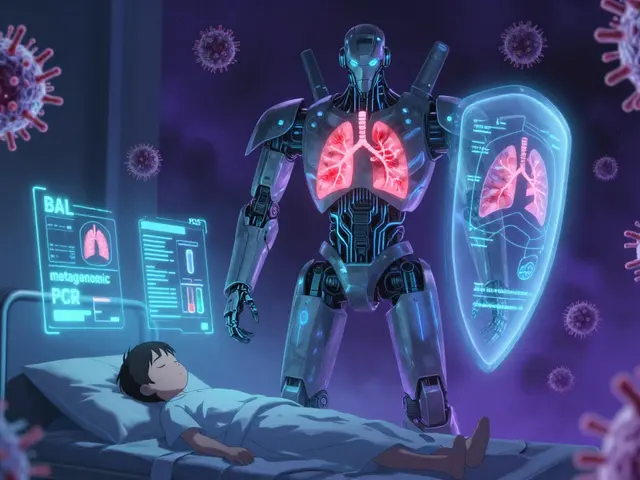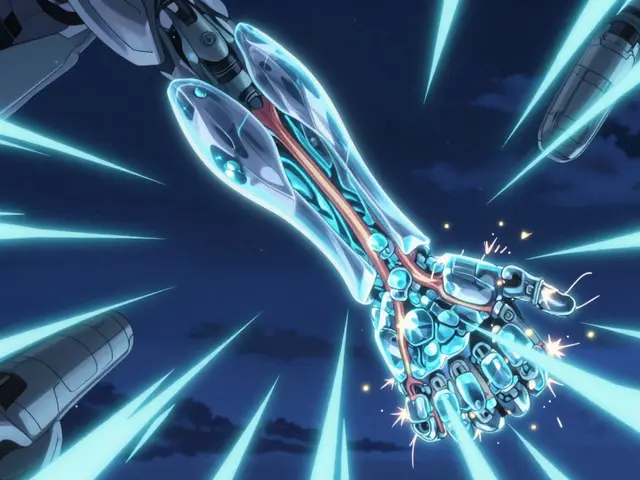Idiopathic intracranial hypertension: What You Need to Know
Idiopathic intracranial hypertension (IIH) causes high pressure inside the skull without a tumor or infection. The most common signs are daily headaches and vision changes, often with ringing in the ears that matches your pulse. If you are a woman of childbearing age and overweight, your risk is higher, but IIH can appear in men and children too. Early diagnosis matters because ongoing pressure can damage the optic nerves and cause permanent vision loss.
Diagnosis and tests
Your doctor will start with a clear history and eye exam. A fundoscopic exam may show papilledema, which signals optic nerve swelling. Your provider will usually order brain imaging — MRI with MR venography is preferred — to rule out masses and venous sinus thrombosis. If imaging is normal, a lumbar puncture measures the opening pressure and checks the cerebrospinal fluid. That pressure reading helps confirm IIH.
Treatment and day-to-day tips
Treatment focuses on lowering pressure and protecting vision. Weight loss is the most effective long-term step; even modest weight loss can reduce pressure and symptoms. The first-line drug is acetazolamide, which lowers cerebrospinal fluid production. Side effects include tingling, taste changes, and risk of kidney stones, so drink water and talk to your doctor about monitoring. Topiramate can help both headaches and pressure in some people.
If vision is threatened despite medical therapy, procedures are an option. Repeated therapeutic lumbar punctures can relieve pressure temporarily. Surgical options include optic nerve sheath fenestration to protect vision and venous sinus stenting if a venous narrowing is found. These are specialist decisions; ask for a neuro-ophthalmology consult when vision is at risk.
On a daily level, track symptoms and vision changes. Use a headache diary and report double vision, worsening visual blur, or new blind spots right away. Avoid medications that can raise intracranial pressure, such as tetracycline antibiotics and vitamin A derivatives like isotretinoin. Talk with your doctor about safe options if you need acne or antibiotic treatment.
Pregnancy needs planning. Weight and medication choices change during pregnancy, so coordinate care with neurology and obstetrics. Many people manage IIH well with a mix of lifestyle changes, medications, and close monitoring. If you notice persistent headaches that wake you up, visual changes, or nausea with headache, seek medical attention. Protecting your vision is the main goal, and prompt care makes a real difference.
Talk to your team about measurable goals: set a target of 5 to 10 percent weight loss in six months, ask for a referral to a dietitian, and consider structured programs that include exercise, behavior support. If weight loss is not possible and vision worsens, bariatric surgery has helped patients with IIH. Get regular visual field testing (perimetry) and optic nerve photos so you can compare results over time. If you're on acetazolamide, your doctor may check electrolytes and kidney function, and advise on calcium and vitamin D. Join an IIH support group online to share tips, sleep strategies, and coping with headaches.




